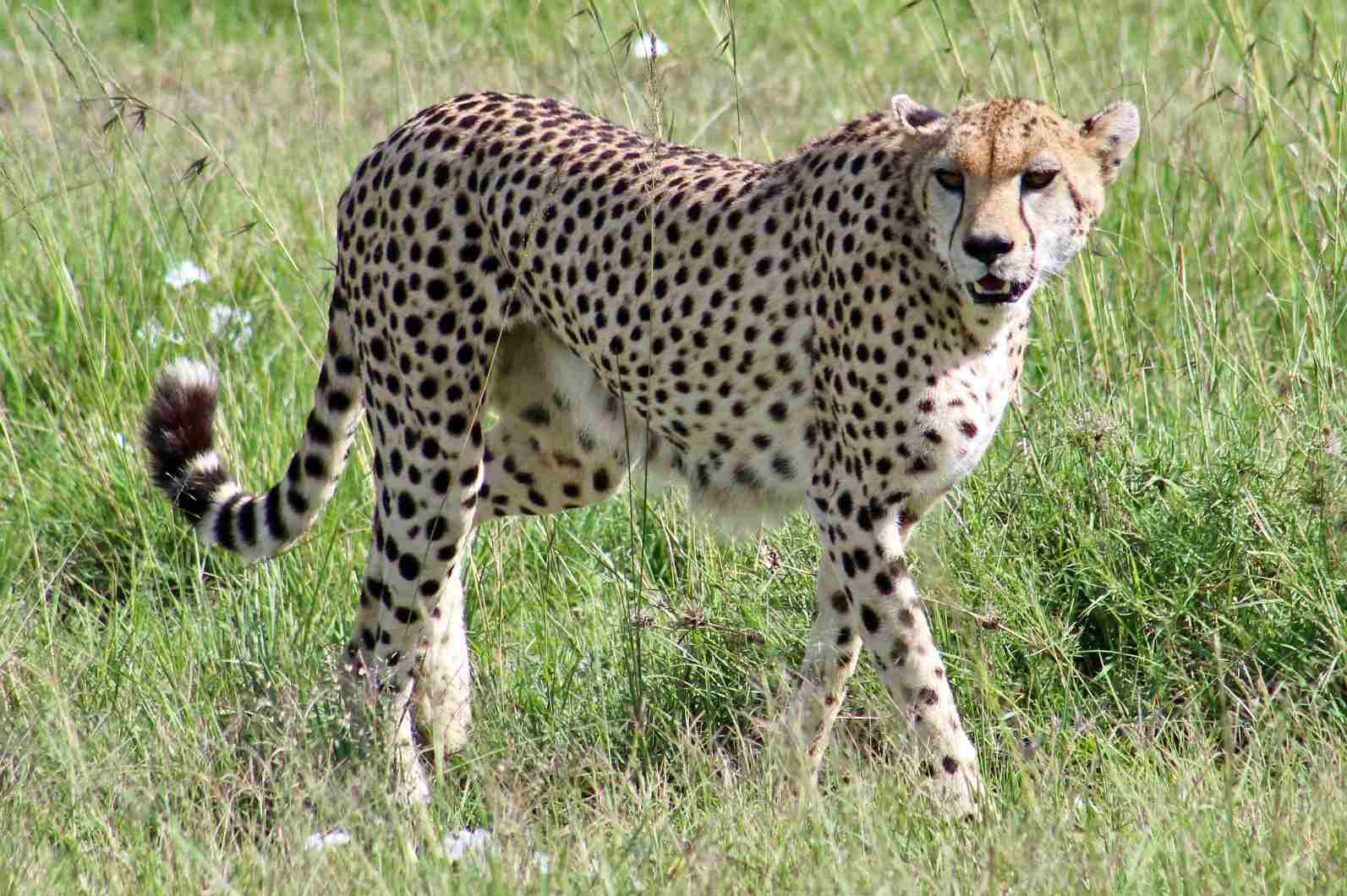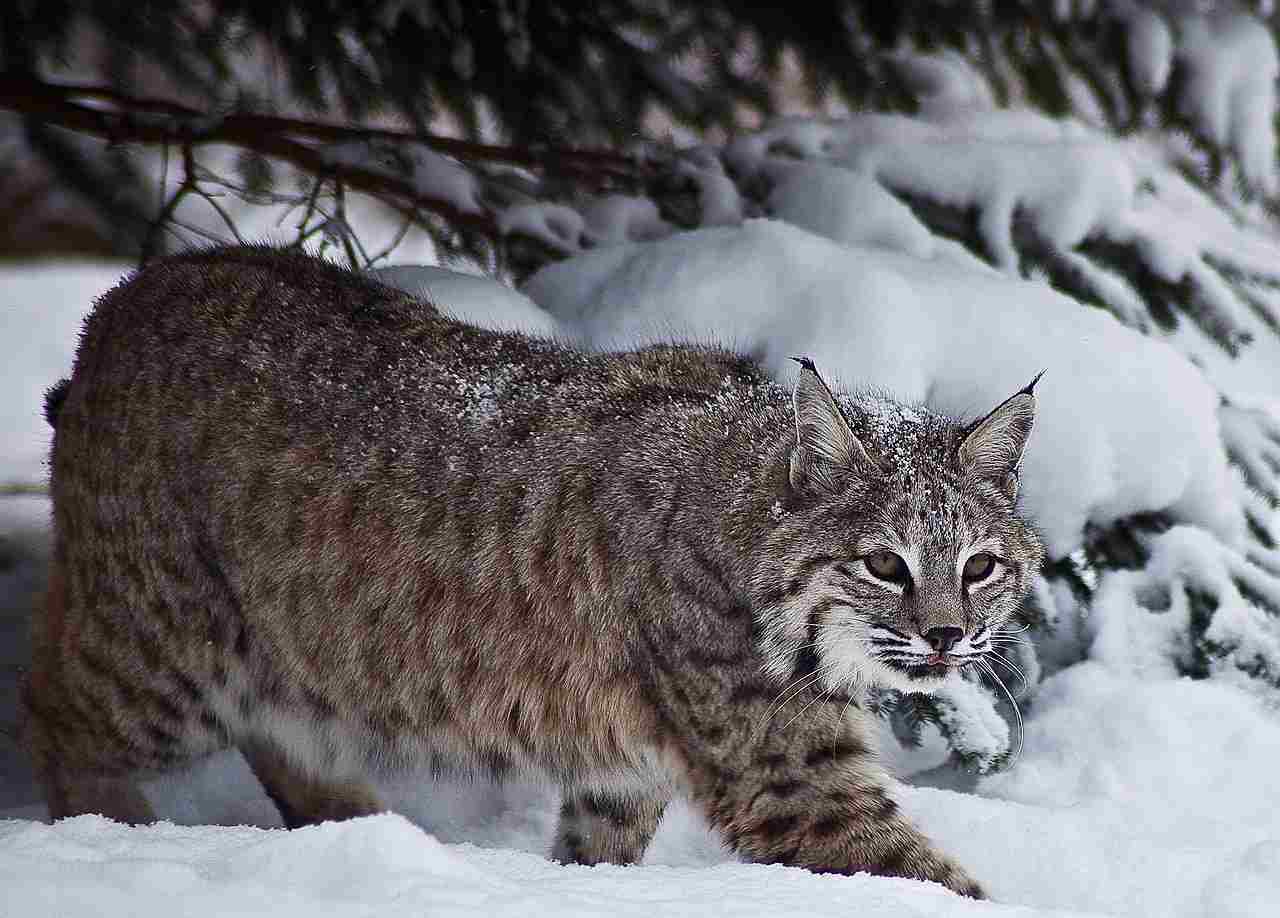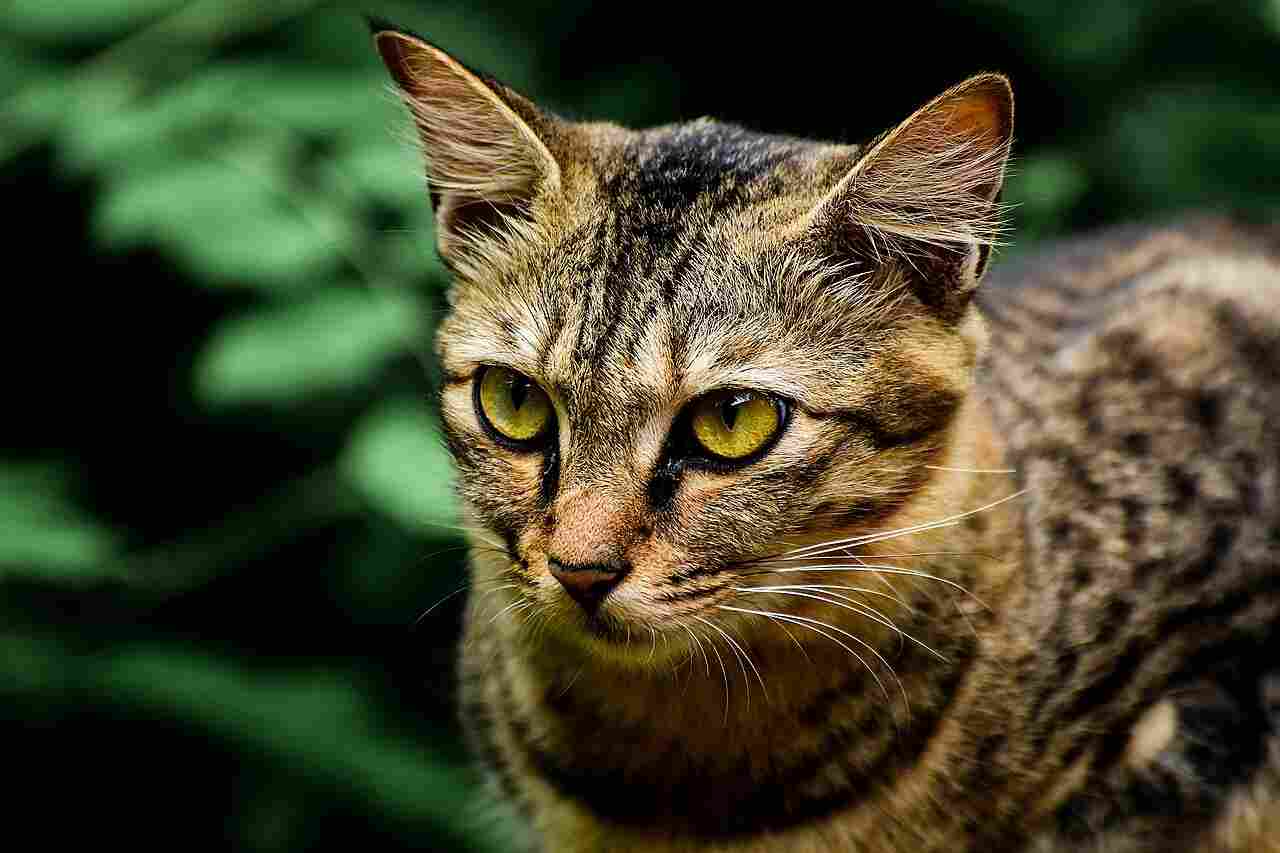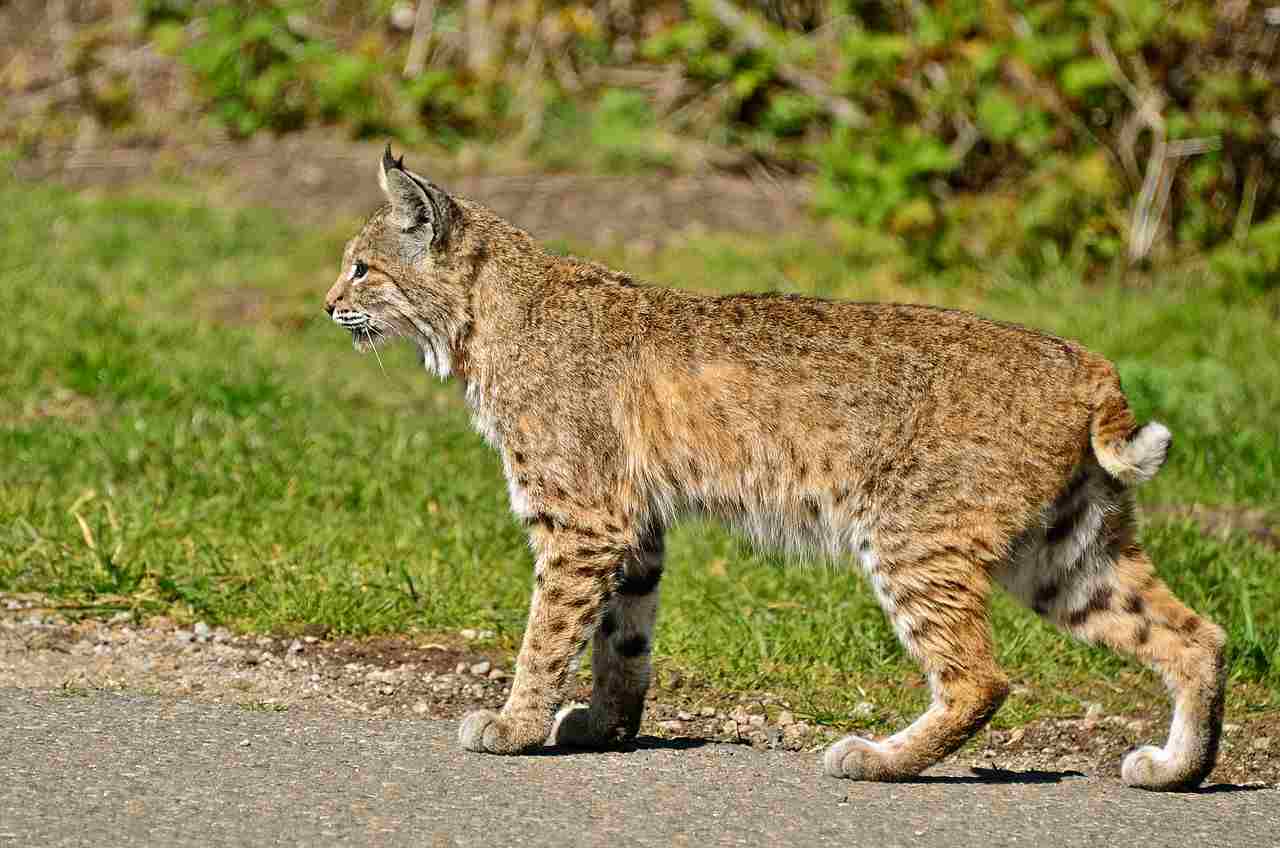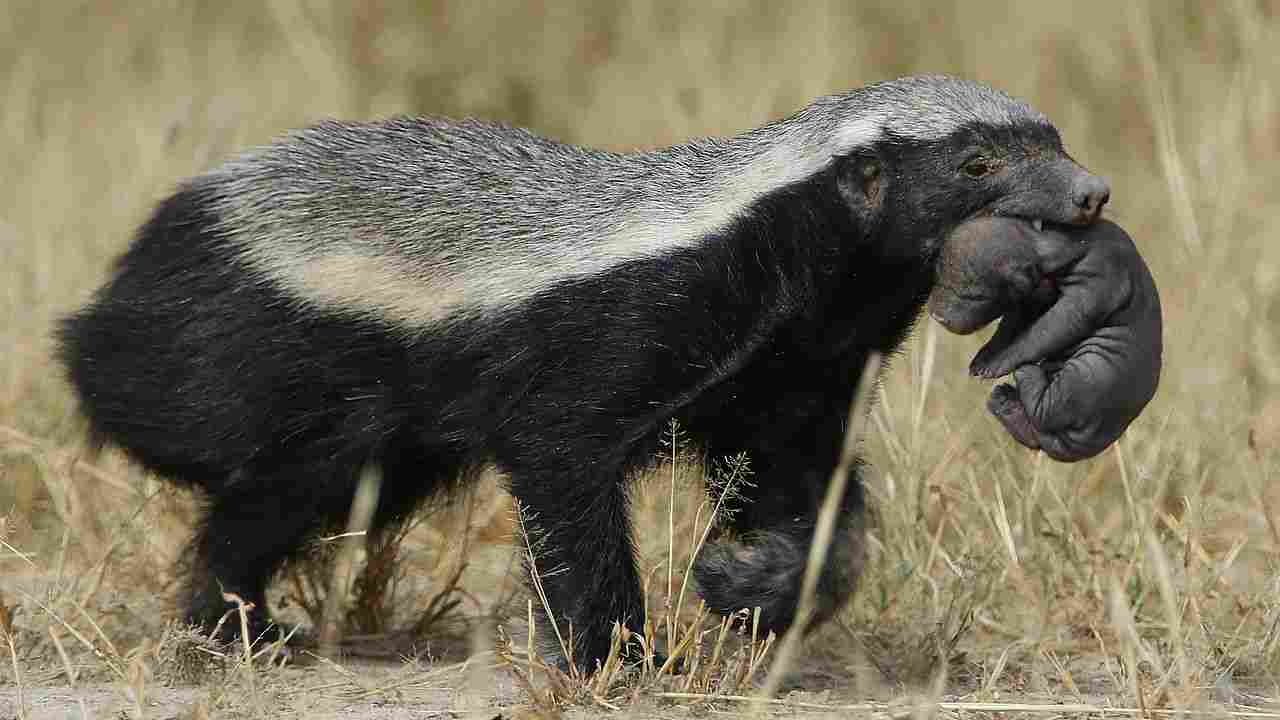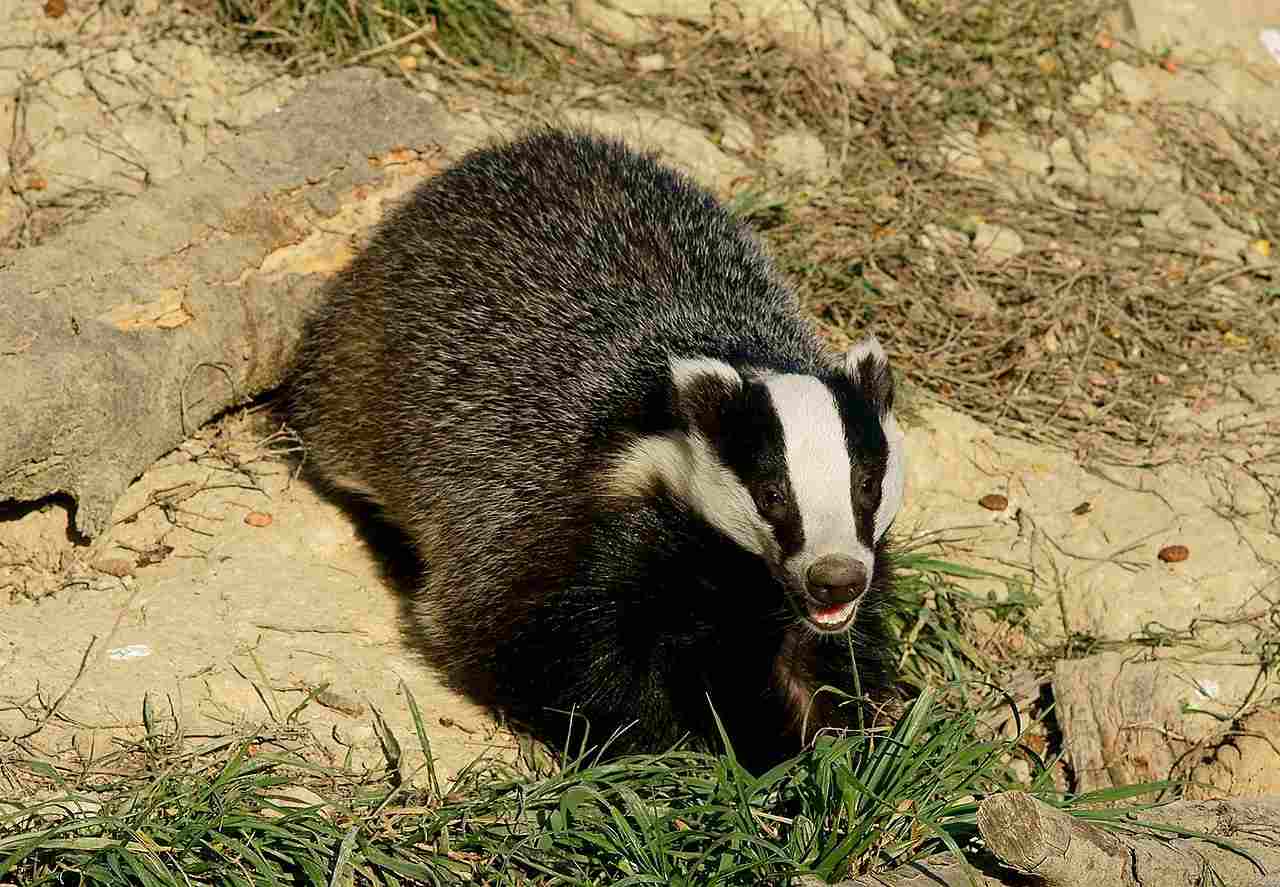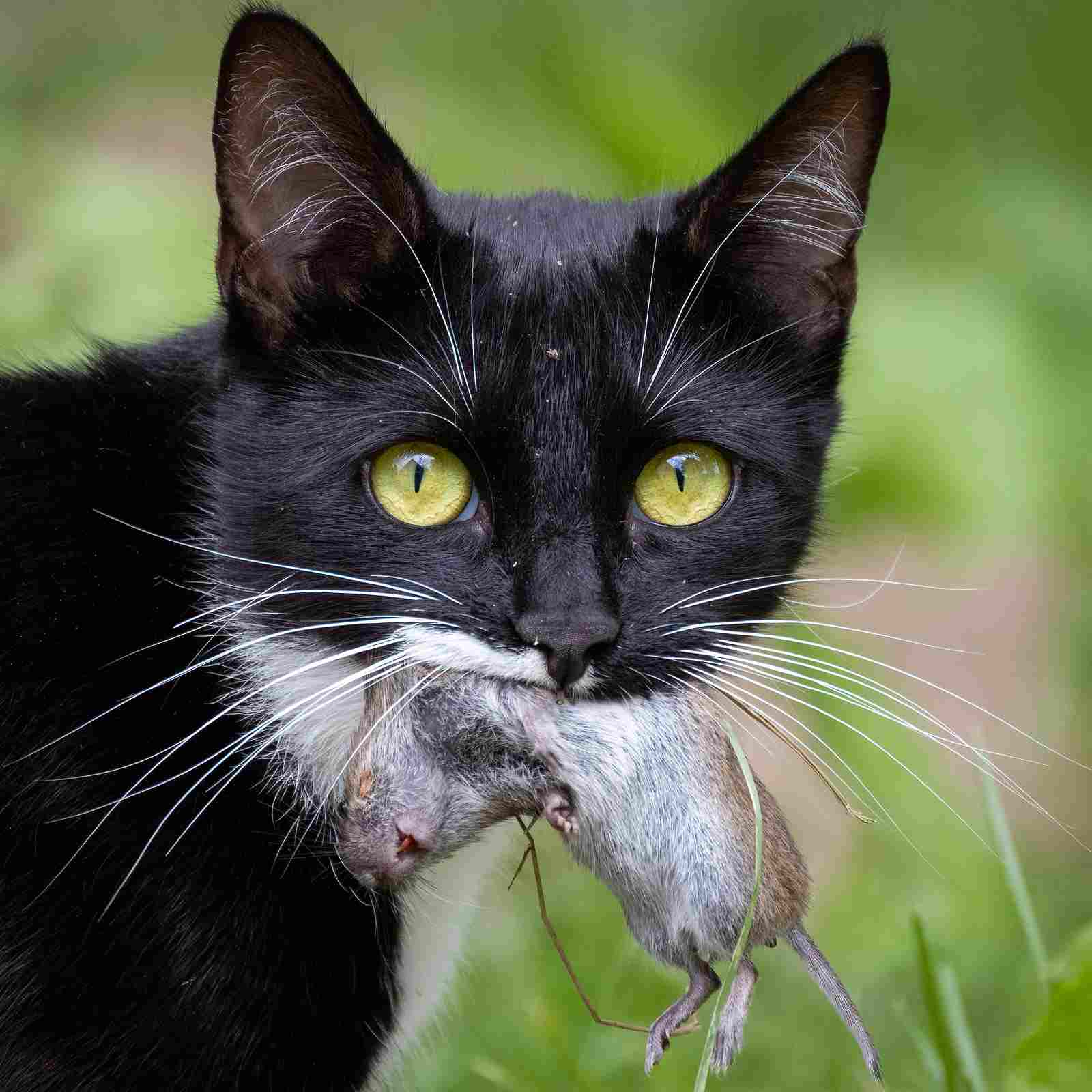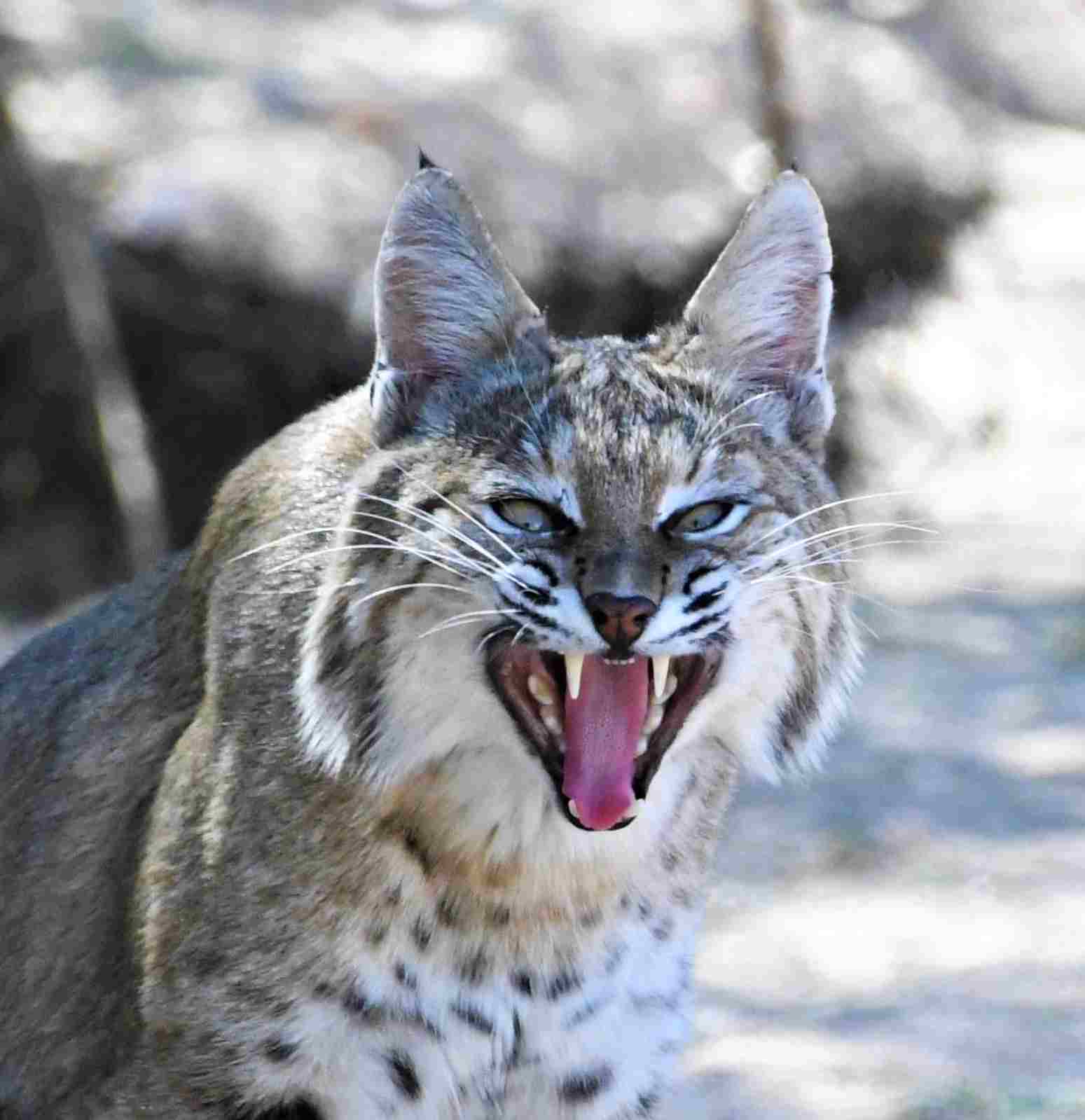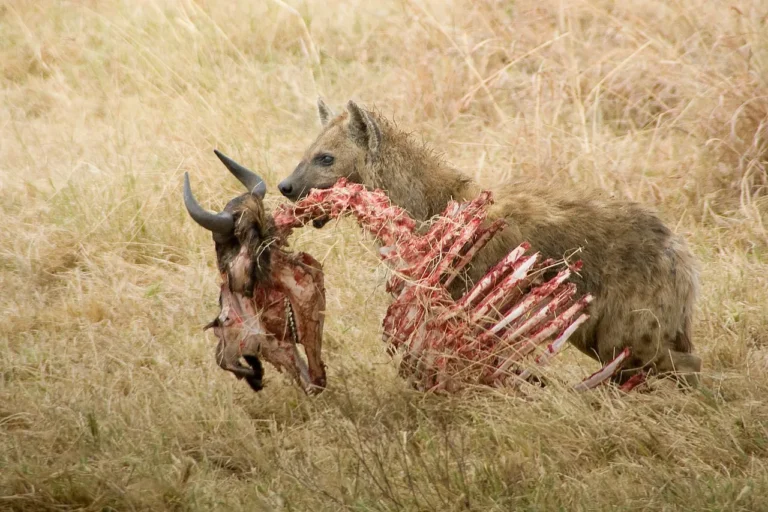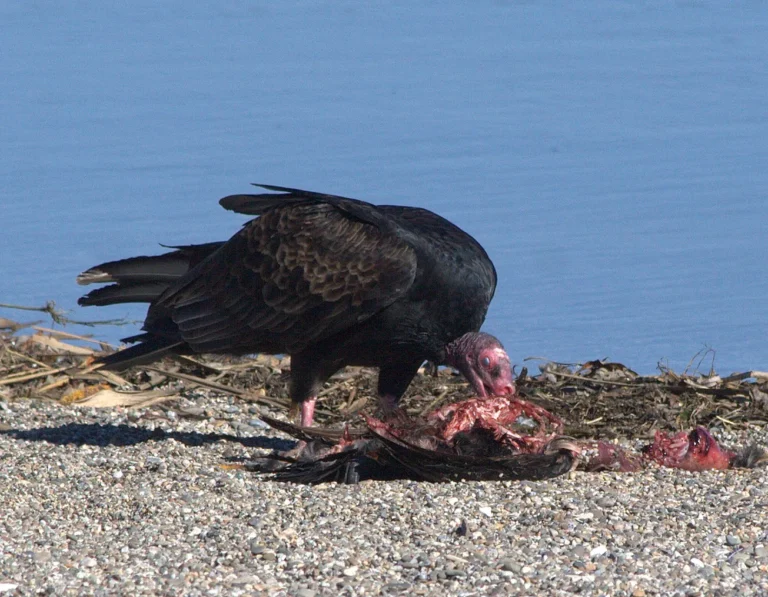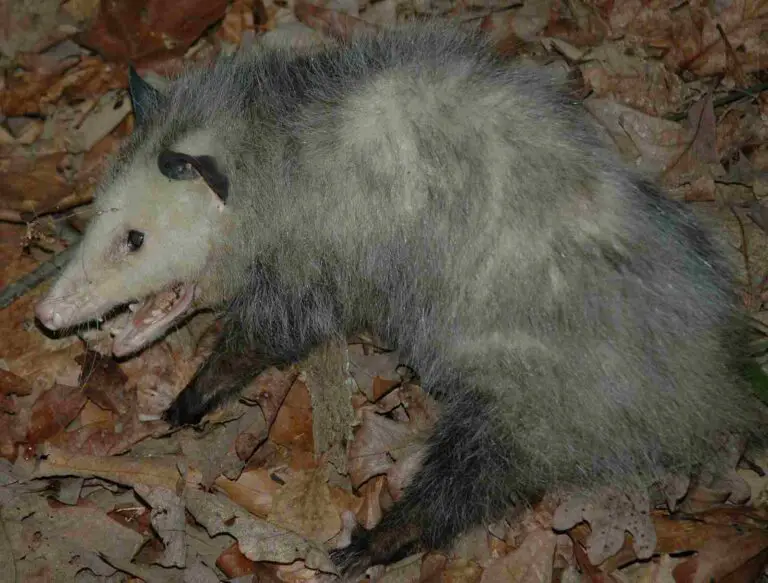Wildcat Vs Bobcat Size, Weight, Ecological Comparison
A bobcat has the advantage over a wildcat in a fight due to its larger size and weight. Bobcats are slightly larger and heavier on average compared to African, Asiatic, or European wildcats. Additionally, bobcats are known to be more aggressive and have superior predatory features.
These factors contribute to the bobcat’s ability to overpower a wildcat in a physical confrontation. In this article, we will explore and compare various aspects of these two species to further understand their differences.
Reasons Why a Bobcat Will Win a Wildcat In a Fight/Physical Confrontation
I). Bobcats are Slightly Larger than African and European wildcats
One of the reasons why a bobcat would have an advantage over a wildcat in a fight or physical confrontation is their slightly larger size. Compared to African and European wildcats, bobcats are known to be slightly bigger.
This size difference gives them an edge when it comes to physical strength and power. With a larger body, bobcats have more muscle mass and a greater ability to overpower their opponents. This increased size allows them to deliver stronger blows and withstand attacks more effectively.
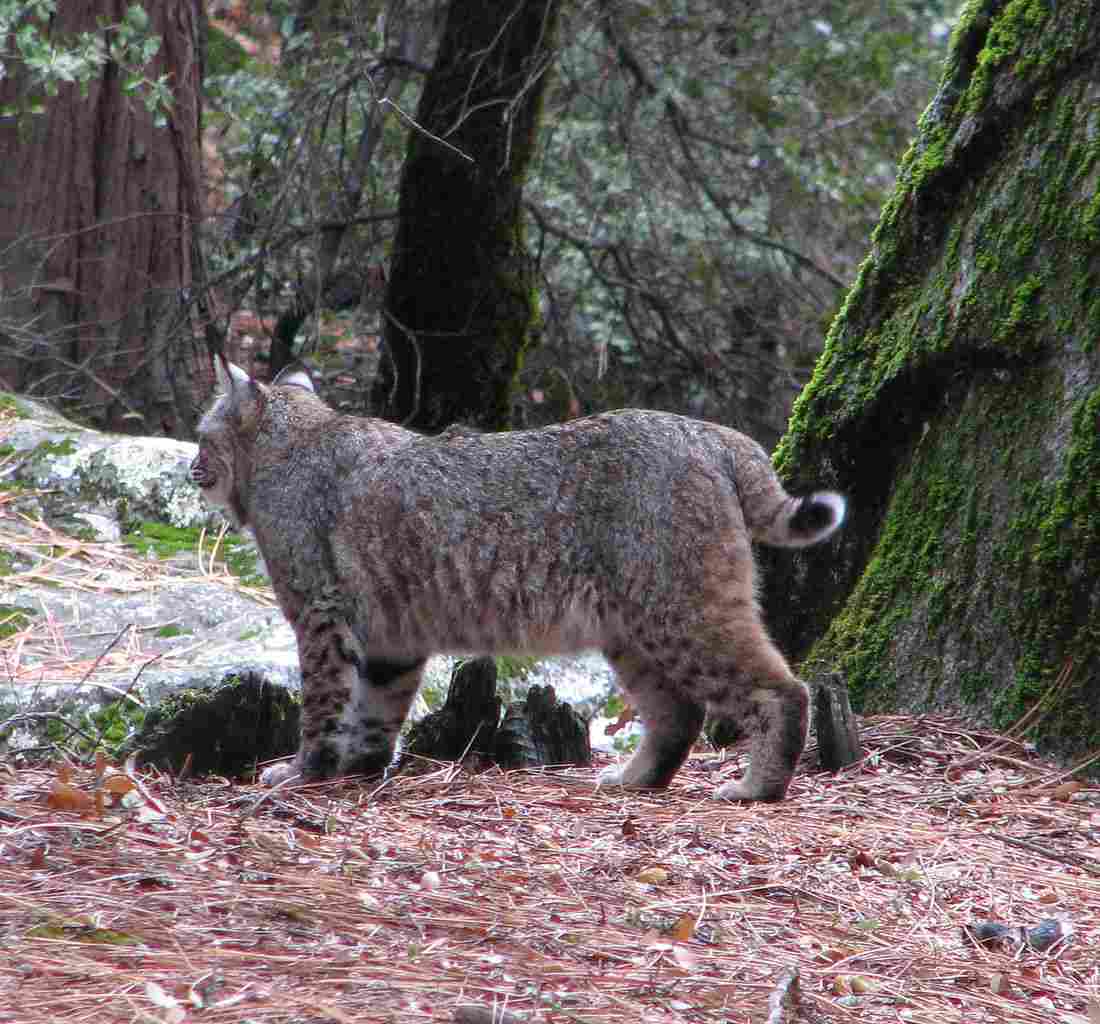
II). Higher Level of Aggressiveness
Another reason why a bobcat would likely win in a fight against a wildcat is their higher level of aggressiveness. Bobcats are known to be more aggressive and territorial compared to wildcats. They are fierce hunters and have a strong instinct to defend their territory.
This aggressive nature gives them an advantage in confrontations, as they are more likely to initiate and persist in a fight. Their willingness to engage in combat and their tenacity make them formidable opponents.
III). Superior Predatory Features
Bobcats possess superior predatory features that give them an upper hand in a fight with a wildcat. They have sharp claws and powerful jaws, which they use to capture and subdue their prey. These features enable them to deliver devastating blows and inflict serious injuries.
Additionally, bobcats have excellent reflexes and agility, allowing them to swiftly dodge attacks and counter with precision. Their predatory adaptations make them highly efficient hunters and formidable fighters.
Therefore, the slightly larger size, higher level of aggressiveness, and superior predatory features of bobcats make them more likely to win in a fight or physical confrontation against a wildcat. These factors give them the advantage when it comes to strength, power, and combat skills.
*Details of Comparison
1). Taxonomy
The taxonomy of the wildcat and bobcat reveals interesting similarities and differences between these two feline species.
The wildcat belongs to the genus Felis, with its scientific name being Felis silvestris. On the other hand, the bobcat is scientifically known as Lynx rufus. While both species are classified under the family Felidae, they belong to different genera.
In terms of physical appearance, the wildcat and bobcat share some similarities. They both have a compact body structure, muscular build, and sharp retractable claws. However, there are distinct differences in their coat patterns and coloration. The wildcat typically has a striped or spotted coat, while the bobcat has a more mottled or spotted coat, which provides effective camouflage in their respective habitats.
The taxonomy of these two species highlights their evolutionary divergence and adaptation to different environments. Understanding their taxonomic classification helps us appreciate the unique characteristics and ecological roles of each species.
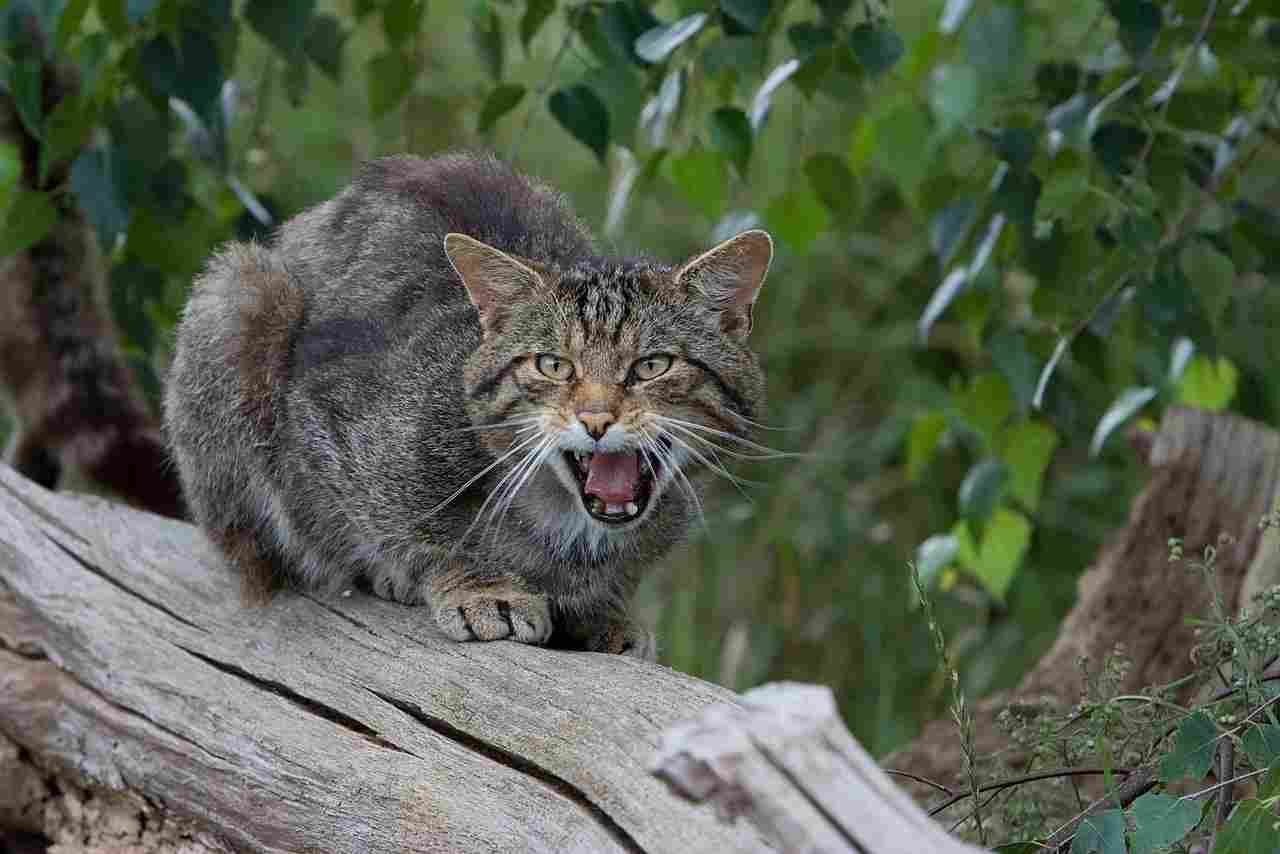
2). Appearance
The appearance of the wildcat and bobcat is characterized by their coat, fur, skin, camouflage, and stature. Both species have distinct features that contribute to their survival in their respective habitats.
In terms of coat, the wildcat typically has a striped or spotted pattern, which helps it blend into its surroundings. This camouflage allows the wildcat to remain hidden from potential predators or prey. On the other hand, the bobcat has a mottled or spotted coat, which provides effective camouflage in its own habitat. The coloration and patterns of their coats are adaptations that aid in their hunting and survival strategies.
In addition to their coat, the stature and build of these feline species also differ. The wildcat has a compact body structure with a muscular build, allowing it to be agile and swift in its movements. On the other hand, the bobcat has a similar body structure but may appear slightly larger in size. This difference in stature may be attributed to their respective habitats and the ecological demands they face.
Generally, the appearance of the wildcat and bobcat showcases their unique adaptations to their environments. Their coat patterns, fur, skin, and stature play crucial roles in their survival and hunting strategies.
3). Size
The wildcat typically measures around 18 to 35 inches in length, with an additional 12 to 16 inches for the tail. In terms of height at the shoulders, the wildcat stands at approximately 10 to 14 inches. On the other hand, the bobcat is slightly smaller, (length-wise) measuring around 28 to 47 inches in total body length, including a tail length of 4 to 7 inches. The bobcat’s height at the shoulders ranges from 12 to 24 inches.
These measurements highlight the differences in size between the two species. The wildcat tends to be smaller in overall length (excluding the tail) and height at the shoulders compared to the bobcat. However, it’s important to note that size can vary among individuals within each species, and there may be overlap in the size ranges.
The variation in size between the wildcat and bobcat can be attributed to their different habitats and ecological roles. The bobcat, being slightly larger, may require more size and strength to hunt and survive in its environment. Meanwhile, the wildcat’s smaller size may be advantageous for maneuvering through dense vegetation or rocky terrain.
4). Weight
When comparing the weight of wildcats and bobcats, it is important to consider their size differences. The wildcat generally weighs between 6 to 35 pounds, with males being larger and heavier than females. On the other hand, the bobcat weighs between 15 to 40 pounds, with males also being larger and heavier than females.
The weight variation between the two species can be attributed to their different ecological roles and habitats. The bobcat, being slightly larger in size, may require more weight and strength to hunt and take down its prey. This extra weight can provide an advantage when it comes to overpowering smaller animals or defending its territory.
In contrast, the wildcat’s smaller size and weight may be advantageous for maneuvering through dense vegetation or rocky terrain. It allows them to be more agile and swift in their movements, making it easier for them to catch smaller prey or escape from potential threats.
Overall, while the bobcat tends to be heavier than the wildcat, it is important to note that weight can vary among individuals within each species. Factors such as age, sex, and availability of prey can influence the weight of both wildcats and bobcats.
5). Speed and Agility
When comparing the speed and agility of wildcats and bobcats, it is evident that both species possess impressive athletic abilities. Wildcats are known for their exceptional speed and agility, allowing them to swiftly navigate their surroundings and pursue prey. Bobcats, on the other hand, are also highly agile and possess remarkable bursts of speed.
Wildcats are capable of reaching speeds of up to 30 miles per hour, enabling them to chase down fast-moving prey such as rabbits or birds. Their slender bodies and long legs contribute to their agility, allowing them to make quick turns and sudden changes in direction. This agility is particularly advantageous in their natural habitat, where they often need to navigate through dense vegetation or rocky terrain.
Similarly, bobcats exhibit impressive speed and agility. They can reach speeds of up to 25 miles per hour, which is remarkable considering their larger size compared to wildcats. Bobcats are adept at stalking and pouncing on their prey, utilizing their agility to swiftly close the distance between themselves and their target.
Both wildcats and bobcats rely on their speed and agility to effectively hunt and survive in their respective habitats. Their ability to quickly maneuver through their surroundings gives them an advantage when it comes to capturing prey or evading potential threats.
Therefore, while wildcats are generally faster than bobcats, both species possess remarkable speed and agility that contribute to their hunting success.
6). Bite Force
Wildcats generally have a stronger bite force compared to bobcats. Their powerful jaws allow them to deliver a forceful bite, which is essential for subduing and killing their prey. This strong bite force enables wildcats to effectively penetrate the tough hides and bones of their prey, ensuring a successful hunt.
On the other hand, bobcats also possess a formidable bite force, although slightly less powerful than that of wildcats. Bobcats have strong jaws that enable them to deliver a forceful bite when necessary. This bite force is crucial for capturing and immobilizing their prey, allowing them to secure a meal.
Both wildcats and bobcats rely on their bite force to effectively hunt and feed themselves. While wildcats generally have a stronger bite force, bobcats are still formidable predators in their own right.
The bite force of wildcats and bobcats plays a significant role in their hunting abilities. While wildcats have a stronger bite force, bobcats are still capable predators with the ability to overpower their prey.
7). Overall Physical Capacity (Which is Stronger?)
Bobcat on average is stronger than wildcat due to its superior weight and muscle mass. While both species are formidable predators, the bobcat’s larger size and muscular build give it an advantage in terms of overall physical capacity. It must be noted that a bobcat is sometimes described as a type of wildcat, but in this comparison, we are referring specifically to the bobcat species.
When evaluating the strength of these two animals, factors such as size, weight, and muscle mass play a significant role. The bobcat is generally larger and heavier than the wildcat, which gives it more power and strength in physical confrontations. This increased size and weight allow the bobcat to deliver more forceful attacks and withstand more damage in a fight.
In a violent confrontation between a bobcat and a wildcat, the outcome would likely depend on various factors such as the individuals’ size, experience, and aggression. However, based on the factors we have evaluated and compared, the bobcat’s overall physical capacity is stronger than that of the wildcat.
8). Habitat
Wildcats are primarily found in Europe, Asia, and Africa, inhabiting a variety of habitats such as forests, grasslands, and wetlands. They are highly adaptable and can thrive in diverse environments, from the dense jungles of Southeast Asia to the arid deserts of Africa. Wildcats are known for their ability to camouflage themselves in their surroundings, making them efficient hunters.
On the other hand, bobcats are native to North America and are highly adaptable to various habitats. They can be found in forests, mountains, deserts, and even urban areas. Bobcats are known for their ability to thrive in fragmented landscapes, making them resilient in the face of human encroachment. Their adaptability allows them to exploit a wide range of prey species and survive in different environmental conditions.
While both wildcats and bobcats have adapted to different habitats, their geographic ranges do overlap in certain regions. This overlap can lead to competition for resources and potential conflicts between the two species.
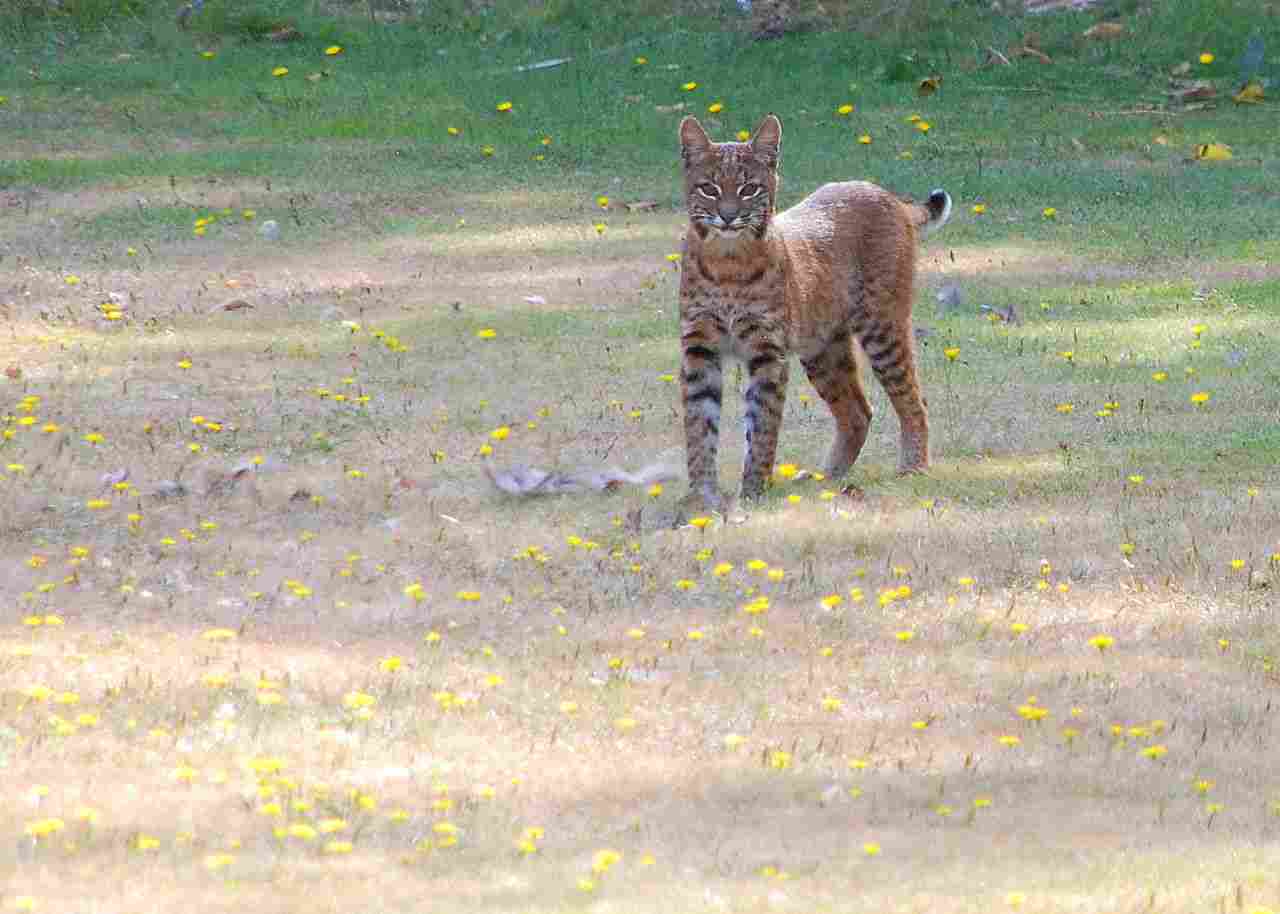
9). Lifespan
Wildcats have an average lifespan of around 10 to 12 years in the wild, although some individuals have been known to live up to 15 years. On the other hand, bobcats generally have a shorter lifespan, with an average of 7 to 10 years in the wild.
The lifespan of wildcats can be influenced by various factors, including predation, disease, and availability of food sources. In areas where wildcats face high levels of human disturbance or hunting pressure, their lifespan may be significantly reduced. Additionally, the lifespan of wildcats can vary depending on the specific subspecies and the quality of their habitat.
Bobcats, on the other hand, face similar challenges in terms of predation and disease, but their shorter lifespan can also be attributed to their smaller size and the higher mortality rates of their young. Despite their adaptability and resilience, bobcats face threats such as habitat loss and fragmentation, which can impact their survival and overall lifespan.
While wildcats generally have a longer lifespan compared to bobcats, it is important to consider the specific factors that influence their survival in their respective habitats. Understanding the lifespan of these species can provide valuable insights into their ecological roles and conservation needs.
10). Behavior
In terms of feeding, both wildcats and bobcats are carnivorous, primarily preying on small mammals such as rabbits, rodents, and birds. However, wildcats have been known to have a more varied diet, including larger prey such as deer and even livestock in some cases. On the other hand, bobcats tend to focus on smaller prey due to their smaller size.
Aggression is another aspect where the two species differ. Wildcats are generally more aggressive and territorial, often defending their territory from intruders. Bobcats, while also territorial, are known to be less aggressive and more tolerant of other individuals within their range.
Vocalization is an important aspect of communication for both species. Wildcats have a wider range of vocalizations, including growls, hisses, and screams, which they use to communicate with other individuals. Bobcats, on the other hand, have a more limited vocal repertoire, primarily consisting of growls and yowls.
Social behavior also differs between wildcats and bobcats. Wildcats are generally solitary animals, with males and females coming together only during the mating season. Bobcats, on the other hand, have a more flexible social structure and may form loose associations with other individuals, especially during the non-breeding season.
When it comes to parenting, both species exhibit maternal care, with females raising their young until they are independent. However, wildcats are known to be more protective of their young, often moving them to different den sites to ensure their safety. Bobcats, while still providing care for their young, are generally less protective and may allow their offspring to explore their surroundings at an earlier age.
While both wildcats and bobcats share some similarities in their behavior, such as being carnivorous and exhibiting maternal care, there are notable differences in terms of feeding habits, aggression, vocalization, social behavior, and parenting strategies.
11). Reproduction
Wildcats are viviparous, meaning they give birth to live young. The gestation period for wildcats is around 63 to 70 days. On the other hand, bobcats are also viviparous, with a gestation period of approximately 50 to 70 days.
In terms of the number of offspring produced, wildcats typically give birth to a litter of 2 to 4 kittens, although larger litters of up to 6 kittens have been recorded. Bobcats, on the other hand, usually have smaller litters, with an average of 2 to 3 kittens.
The reproductive behavior of wildcats and bobcats also differs. Wildcats have a more strict breeding season, with mating occurring during a specific time of the year. Female wildcats are known to be selective in choosing their mates, often engaging in courtship behaviors before mating.
Bobcats, on the other hand, have a more flexible breeding season, with mating occurring throughout the year. Male bobcats may engage in aggressive behaviors to establish dominance and secure mating opportunities.
While both wildcats and bobcats are viviparous and have similar gestation periods, there are differences in litter size, breeding season, and mating behaviors.
12). Danger Posed to Humans
Both wildcats and bobcats have the potential to come close to human settlements. However, their behavior towards humans differs.
Wildcats are generally elusive and tend to avoid human contact. They are shy and prefer to stay away from populated areas. While they may occasionally wander near human settlements in search of food, they are not typically aggressive towards humans.
On the other hand, bobcats have been known to adapt to urban environments and can be found in suburban areas. They are more tolerant of human presence and may even venture into backyards or gardens. However, they are still generally wary of humans and will usually avoid direct confrontation.
In terms of the rate of human deaths caused, both wildcats and bobcats pose a minimal threat. There have been rare instances of attacks on humans by both species, but these are extremely rare and usually occur when the animal feels threatened or cornered.
If you encounter a wildcat or bobcat, it is important to exercise caution and give the animal space. Avoid approaching or cornering them, and do not attempt to feed or tame them. It is best to observe them from a safe distance and contact local wildlife authorities if necessary.
13). Intelligence
Wildcats, known for their elusive nature, have developed a keen sense of survival instincts. They are highly skilled hunters, capable of stalking and ambushing their prey with precision. Their ability to adapt to various environments and find food sources demonstrates their resourcefulness and intelligence.
On the other hand, bobcats have shown remarkable adaptability to urban environments, indicating a certain level of cognitive flexibility. They have been observed navigating through human settlements and even utilizing man-made structures for shelter. This ability to adapt to changing landscapes suggests a higher level of problem-solving skills.
In terms of which species is more intelligent, it is difficult to determine definitively. Both wildcats and bobcats have unique adaptations and behaviors that showcase their intelligence in different ways. While wildcats excel in stealth and hunting strategies, bobcats demonstrate adaptability and problem-solving abilities.
Generally, the intelligence of wildcats and bobcats is a testament to their survival skills and ability to thrive in diverse environments.
14). Tracks
When comparing the tracks of wildcats and bobcats, there are some distinct differences that can help identify which animal left the mark.
Wildcat tracks are typically larger and more robust than bobcat tracks. They have a round shape with four toes and a pad, resembling a small dog track. The size and depth of the tracks can vary depending on the individual and the substrate they are walking on.
On the other hand, bobcat tracks are smaller and more compact. They also have four toes and a pad, but the overall shape is more elongated and oval. The tracks are often less defined and can appear more blurred due to the bobcat’s lighter weight and agility.
In terms of habitat, wildcats are known to roam across a wide range of environments, including forests, grasslands, and deserts. Their tracks can be found in various terrains, from soft soil to rocky surfaces.
Bobcats, on the other hand, are more commonly found in wooded areas and prefer habitats with dense vegetation. Their tracks are often found in muddy areas or along trails where they hunt for prey.
Therefore, while both wildcats and bobcats leave tracks that are similar in structure, their size, shape, and habitat preferences can help differentiate between the two.
15). Conservation Status
When it comes to the conservation status of wildcats and bobcats, there are some notable differences. While both species face certain threats to their survival, their current statuses vary.
Wildcats, in general, have a more precarious conservation status compared to bobcats. Many wildcat species are classified as endangered or threatened, primarily due to habitat loss, poaching, and human-wildlife conflict. The destruction of their natural habitats, such as forests and grasslands, has significantly impacted their populations.
On the other hand, bobcats have a relatively stable conservation status. They are not considered globally endangered or threatened. However, localized populations may face some challenges, particularly in areas where their habitats are being fragmented or destroyed. Despite these challenges, bobcats have shown resilience and adaptability, allowing them to maintain stable populations in many regions.
Therefore, while both wildcats and bobcats face threats to their survival, wildcats generally have a more critical conservation status. The main threats to the survival of wild populations include habitat loss, poaching, and human-wildlife conflict. Bobcats, on the other hand, have a relatively stable conservation status, although localized populations may face challenges due to habitat fragmentation.
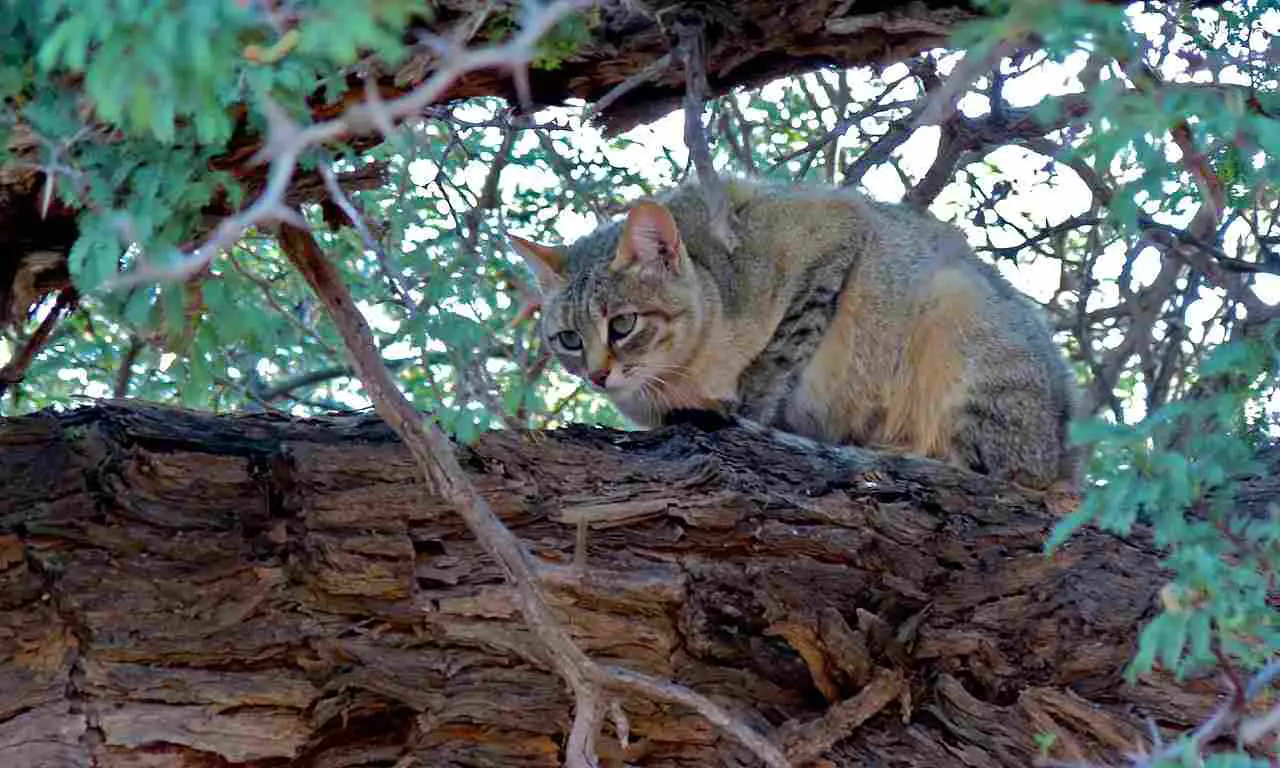
Conclusion
The comparison between wildcats and bobcats reveals both similarities and differences. In terms of similarities, both animals belong to the same family, Felidae, and share certain physical characteristics such as sharp retractable claws and keen senses. They are also skilled hunters and have adapted to various habitats, including forests and grasslands.
However, wildcats are generally larger in size and weight compared to bobcats, with some wildcat species reaching up to twice the size of bobcats.
Additionally, wildcats tend to have a more precarious conservation status, with many species classified as endangered or threatened due to habitat loss and poaching. On the other hand, bobcats have a relatively stable conservation status, although localized populations may face challenges due to habitat fragmentation.
